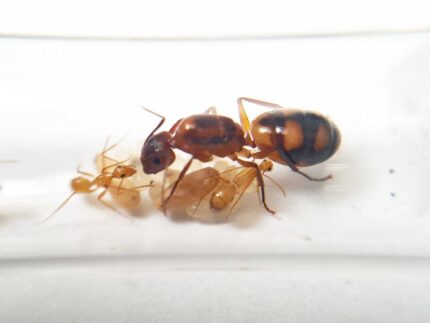

Camponotus cinctellus
209,90 zł – 299,90 złPrice range: 209,90 zł through 299,90 zł
Worldwide shipping
Free delivery over 999 PLN
The highest quality of goods
Live delivery guarantee
24/7 Personal Support
Fair Prices
Description
The Camponotus cinctellus ant colony is monogynous and can have up to 10,000 individuals. They have a medium development rate. The ants vary in size, with queens measuring 15-17 mm, workers measuring 6-10 mm, and majors measuring 13-15 mm. They have a matte black head and chest, and their gastres have strong hair with golden reflections. Their nutrition consists of food insects such as cockroaches and crickets, as well as syrup made from water and honey.
Additional information
| Behavior | |
|---|---|
| Difficulty in breeding | |
| Origin | |
| The size of ants | |
| Wintering |
Camponotus cinctellus
Colony Description:
Colony Type: Monogyny
Colony Size: Up to 10 000 workers
Development Speed: medium
Size:
- Queen: 15-17 mm
- Workers: 6-10 mm
- Majors: 11-15mm
One notable feature of these ants is their matte black head and chest, while their gastre showcases strong hair with golden reflections, giving them a distinct appearance.
Nutrition:
- Food insects (such as cockroaches and crickets) dead, or live if colony is big
- Syrup (a mixture of water and honey or sugar, with a ratio of 4/3 water:1)
- Fruits and vegetables
- Jelly
- Cooked chicken without salt, shrimps
- Honey
Humidity and Temperature:
- Humidity: Arena: 30-50%, Nest: 50-60%
- Temperature: Arena: 22-20 °C, Nest: 22-26 °C
Species Characteristics:
Camponotus cinctellus is a species known for its aggressive and defensive nature. These ants possess powerful mandibles and will attack if their nest is breached. Observe them in a controlled environment to appreciate their behavior without causing harm to yourself or the ants.
Recommended Nests for Breeding:
When selecting the perfect breeding nests for Camponotus cinctellus, consider options such as acrylic, cork, plaster, or aerated concrete. These materials provide suitable conditions for the ants to establish their colony and thrive. Take into account the needs of the ants and ensure the nest offers adequate space and moisture regulation.
From their impressive colony size to their distinctive appearance and fascinating behaviors, Camponotus cinctellus ants make an exciting addition to any ant enthusiast’s collection. By providing them with proper nutrition, humidity, temperature, and suitable nest options, you can create an ideal environment for these fascinating creatures to thrive and flourish.



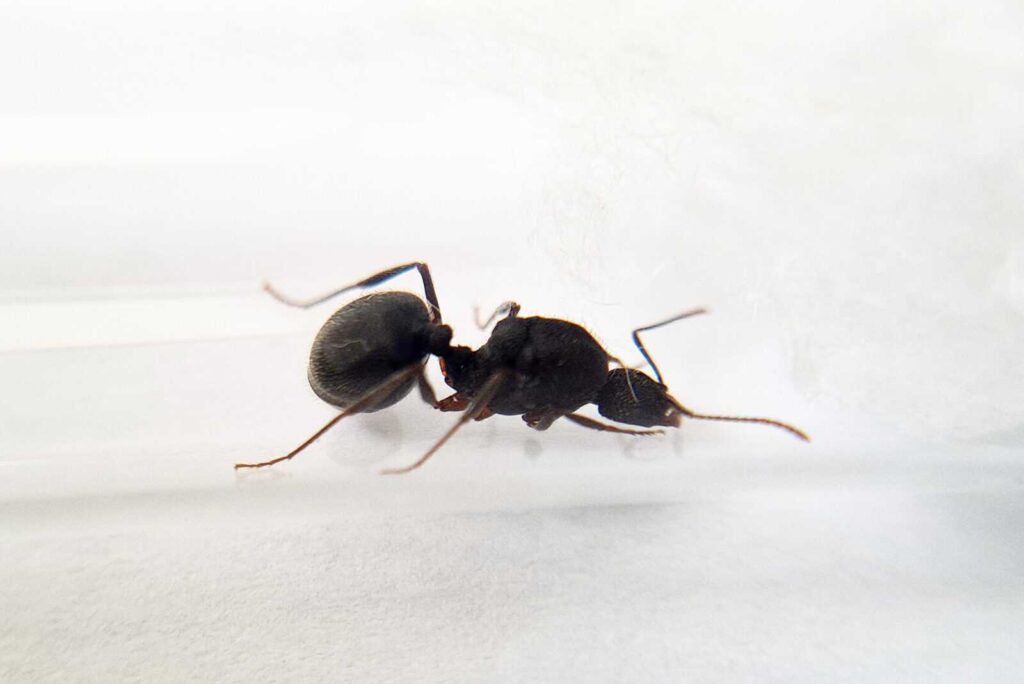
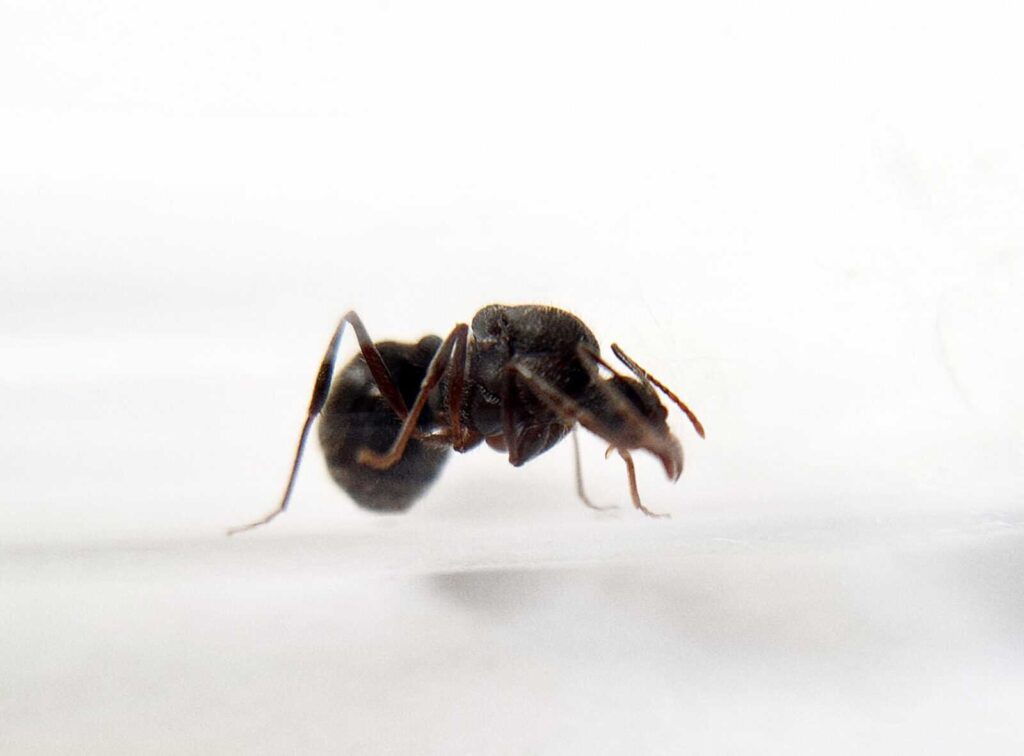



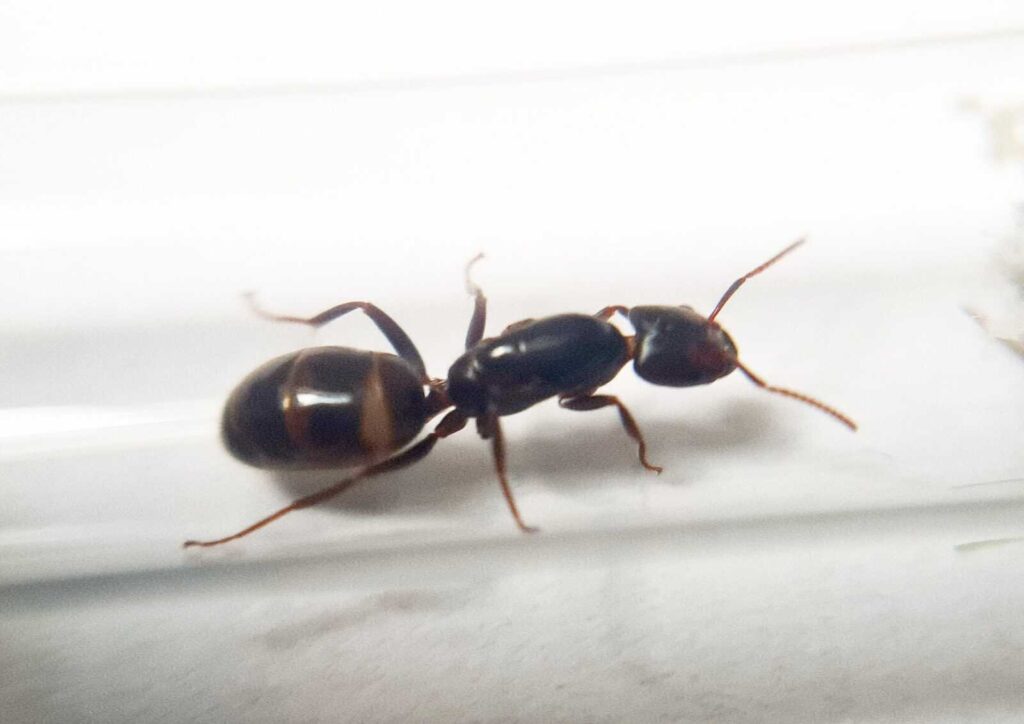

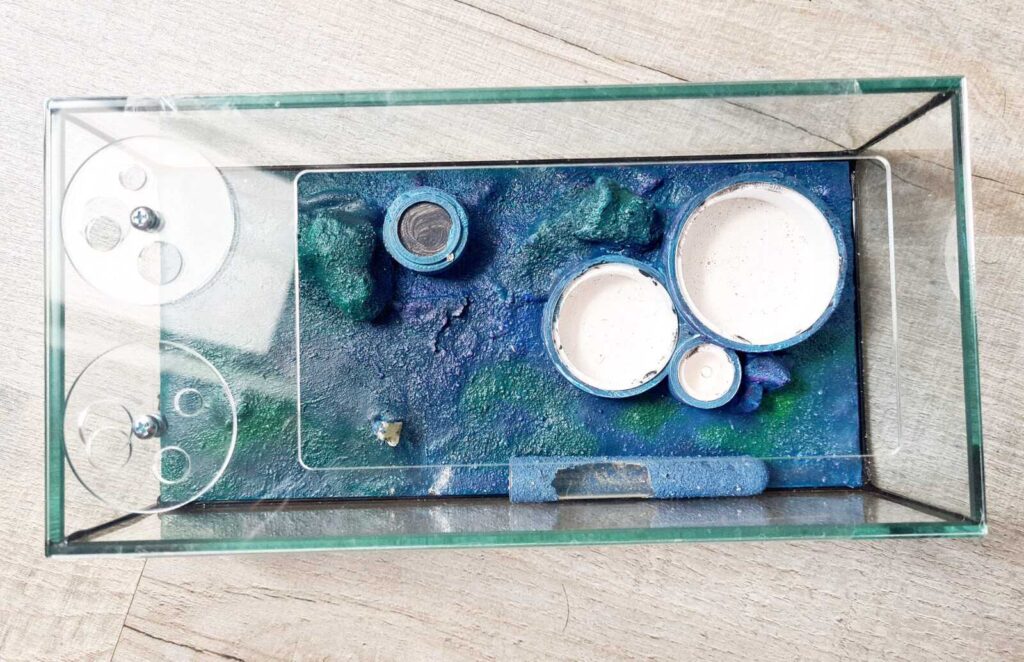
Reviews
Clear filtersThere are no reviews yet.